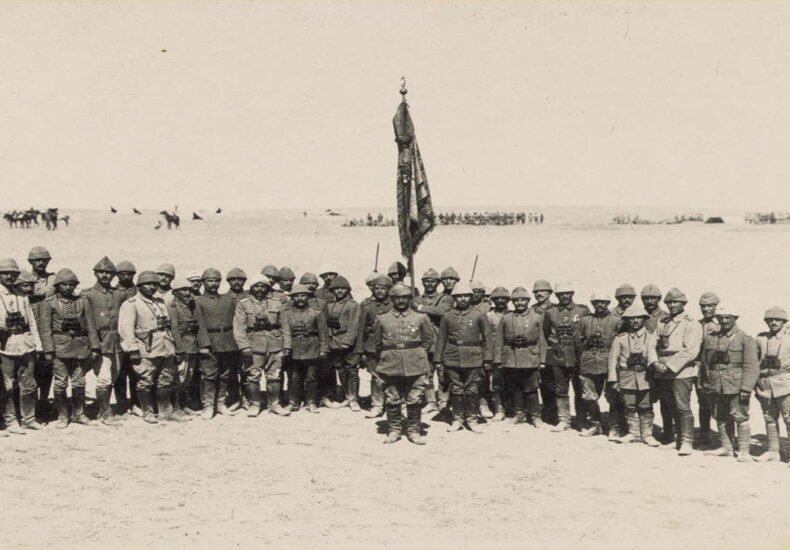
Britain’s Failed Attempts to Invade Gaza in 1917: A Forgotten Chapter in History
Fundacion Rapala – The Gaza Strip has long captured the world’s attention. Today, it is known for its tragic conflicts and humanitarian crises. Yet, long before modern times, Gaza had already been a battlefield. During World War I, British forces tried three times to seize the city in 1917. Two of those invasions ended in failure before they finally succeeded later that year.
Gaza’s Strategic Importance Through History
For centuries, Gaza’s location made it a target for empires. Positioned along ancient trade and sea routes on the Mediterranean coast, the city served as a gateway between Africa, Asia, and Europe. Throughout history, it was conquered by the Pharaohs of Egypt, the Babylonians, the Philistines, and Alexander the Great. The latter famously besieged and captured Gaza, killing its men and enslaving women and children.
As Reuters noted, Gaza’s long history of conquest and survival has shaped its identity as both a crossroads of civilizations and a place of enduring conflict.
Read This : Best Flins Build in Genshin Impact: Complete Guide for Maximum Damage Output
Britain’s Early Attempts and Their Failure
During World War I, the Ottoman Empire controlled Gaza as part of its Middle Eastern territories. Britain, seeking to weaken the Ottomans and advance toward Jerusalem, launched a campaign to take the city.
Under General Archibald Murray, the British army attacked Gaza twice—in March and April 1917. Both attempts ended in failure. Poor planning, lack of coordination, and harsh desert conditions cost the British dearly. Thousands of troops were lost, and the morale of the army dropped sharply after the defeats.
A Change in Leadership and Strategy
After the failures, Britain replaced Murray with General Sir Edmund Allenby in June 1917. Allenby brought a new energy and clearer strategy to the campaign. At the same time, the Ottoman army was weakening due to the ongoing Arab Revolt, which began in 1916 and drained Turkish resources across the region.
Allenby reorganized his forces and strengthened his cavalry divisions. By October 1917, British troops outnumbered the Ottomans by two to one in infantry and eight to one in cavalry. This gave Allenby a significant tactical advantage.
The Turning Point: Battle of Beersheba
To mislead the Ottomans, Allenby created an elaborate diversion. He ordered continuous shelling near Gaza to make the enemy believe that another direct assault was coming. Meanwhile, his main force quietly advanced toward Beersheba, a city on the northern edge of the Sinai Desert.
On October 31, 1917, British forces launched a surprise attack on Beersheba and won decisively. That victory allowed them to encircle Gaza from the east and cut off Ottoman supply lines. Within days, the Turks retreated, and Gaza finally fell into British hands.
The Aftermath and the Birth of a New Era
The capture of Gaza marked a major turning point in Britain’s Middle Eastern campaign. It opened the path to Jerusalem, which Allenby captured later that same year. He described the victory as a “modern Crusade,” symbolizing a new Western dominance in the region.
Shortly afterward, Britain issued the Balfour Declaration in November 1917, supporting the creation of a Jewish homeland in Palestine. That statement laid the foundation for the eventual formation of Israel and the complex geopolitical struggles that continue today.
The Lasting Legacy of the 1917 Gaza Campaign
The Battle of Gaza in 1917 remains a crucial but often overlooked moment in history. It revealed how strategy, deception, and colonial ambition could reshape entire regions.
More than a century later, Gaza still stands as a symbol of endurance, resistance, and tragedy—a reminder of how history continues to echo through the present.